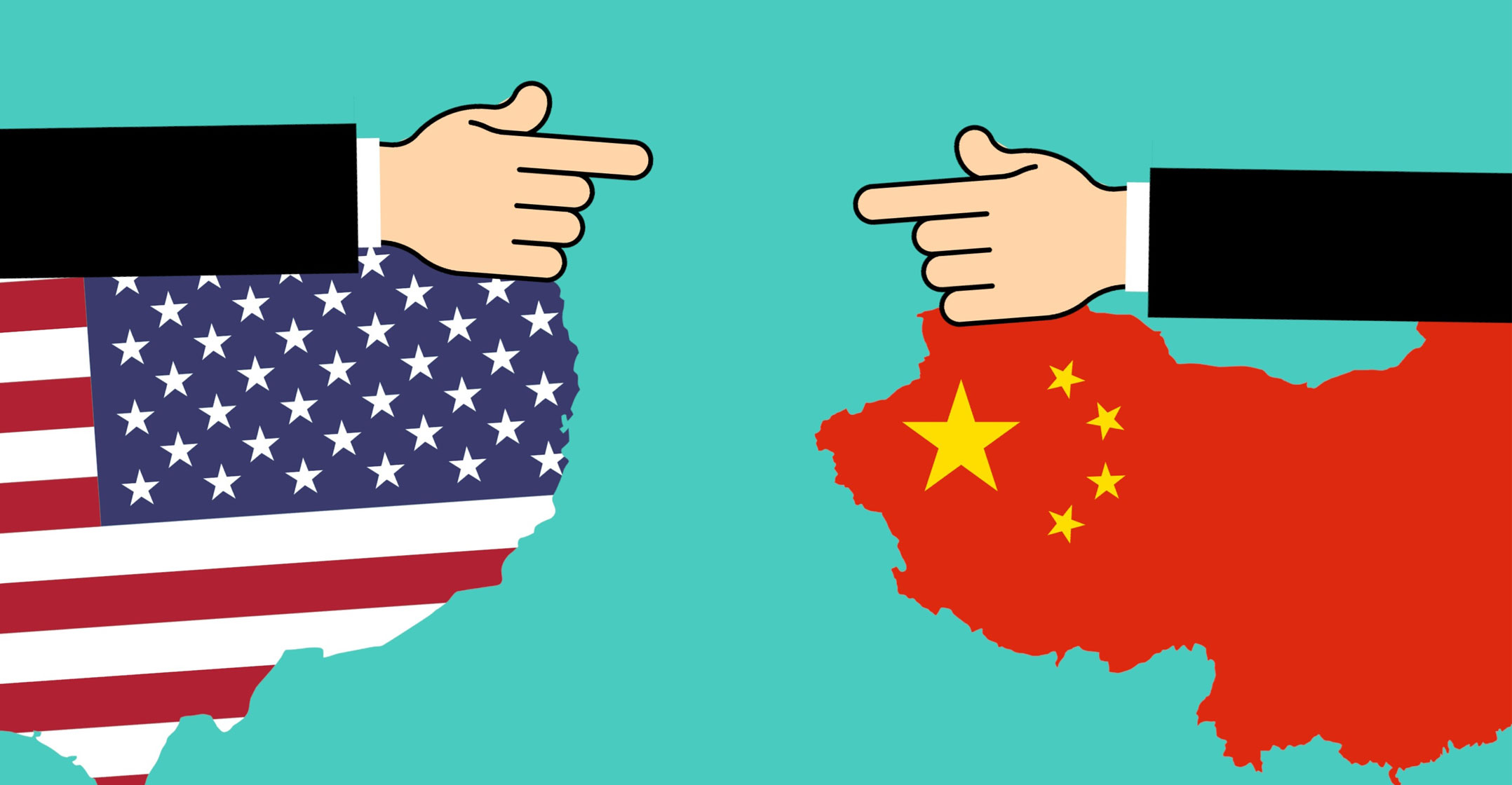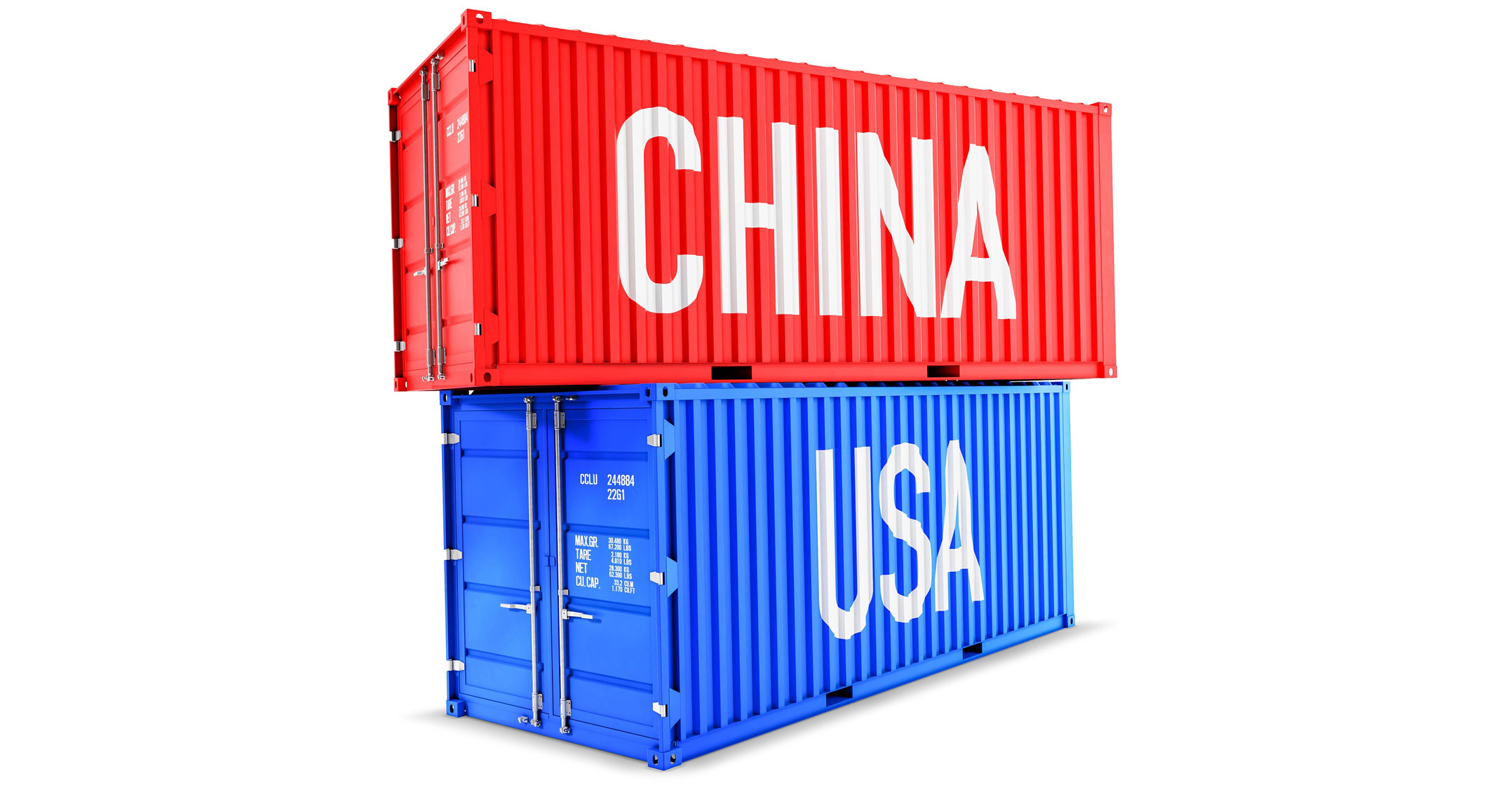 Repetition breeds reality. Such is the case with allegations the US has levelled at China in their budding economic Cold War. Across the American political spectrum, it’s now taken for granted that China forces US companies to transfer critical technology in order to do business on the mainland, engages in rampant hacking and theft of intellectual property, and massively and unfairly subsidises its high-tech industries — all of which contributes to fears that the country poses an existential threat to America’s prosperity.
Repetition breeds reality. Such is the case with allegations the US has levelled at China in their budding economic Cold War. Across the American political spectrum, it’s now taken for granted that China forces US companies to transfer critical technology in order to do business on the mainland, engages in rampant hacking and theft of intellectual property, and massively and unfairly subsidises its high-tech industries — all of which contributes to fears that the country poses an existential threat to America’s prosperity.
Like many longtime observers of China, I’ve been getting more than my fair share of airtime over the past several months. Typically, the interview starts with a false premise followed by a loaded question: “Everyone knows that China is stealing hundreds of billions of dollars a year in US intellectual property. Isn’t it high time for America to stand up to its greatest economic threat?”
But what exactly does “everybody” really know? This assertion is drawn from the findings of the “IP Commission Report” co-chaired by two renowned public servants, former US director of national intelligence Dennis Blair and former Utah governor Jon Huntsman Jr, now ambassador to Russia. In 2017, the commission estimated that IP theft cost the US economy somewhere between US$225-billion and $600-billion annually, an exceptionally broad range. Stolen trade secrets are thought to account for 80-90% of the total, the remainder being counterfeit and pirated hardware and software.
When it comes to stolen trade secrets, though, there’s a problem. There’s no hard data to support the estimates. The IP Commission rests its case on a 2014 study by PricewaterhouseCoopers and the Center for Responsible Enterprise and Trade, which itself relies on dubious “proxy modelling” — in essence, coming up with statistical guesstimates using available data on nefarious activities such as narcotics trafficking, corruption, occupational fraud and illicit financial flows. While these are problematic features of any nation, it takes a rather large leap of faith to convert this information into the 1-3% of GDP that the IP Commission claims is lost to theft of intellectual property.
Dubious
The commission’s estimates of how much of this loss to attribute to China are even more dubious. They come from the US Customs and Border Patrol, which reported $1.35-billion in seizures of counterfeit and pirated goods in 2015. Another model — this one constructed by researchers at the OECD — was used to convert this to a US total. Then, 87% of that was attributed to China — 52% from the mainland and 35% from Hong Kong. With no direct tally available for pirated software, once again a “model” (from the Business Software Alliance) was used to impute 61% of that total to Asia-Pacific.
Meanwhile, no attempt was made to quantify the Chinese share of stolen trade secrets, which, as noted above, accounts for the bulk of the overall estimate of America’s IP losses. The bottom line: the only thing “everybody knows” about China’s alleged IP theft from the US comes from flimsy evidence derived from highly dubious models.
 Unfortunately, an equally suspicious approach was used to support the case levelled by the US Trade Representative (USTR) in the so-called Section 301 report published last March and used to justify America’s tariff war against China. The heart of the USTR’s case is that companies are forced to transfer technology when they enter into mainland joint ventures.
Unfortunately, an equally suspicious approach was used to support the case levelled by the US Trade Representative (USTR) in the so-called Section 301 report published last March and used to justify America’s tariff war against China. The heart of the USTR’s case is that companies are forced to transfer technology when they enter into mainland joint ventures.
Within the JV structure, a voluntary contract between two parties, it’s hardly shocking that US and Chinese partners share talent, strategies, operating systems, process designs and, yes, production technologies in their collective efforts to build a new business.
But, even the USTR confesses it has no hard evidence to prove that this sharing is forced — the essence of the allegation. Buried on page 19 of the 182-page USTR report is the admission that “transfer policies and practices have become more implicit, often carried out through oral instructions and ‘behind closed doors’”. Here, following the highly questionable precedent of the IP Commission, the USTR also rests its case on proxy surveys conducted by the US-China Business Council, in which 19% of respondents claim they’ve been forced to transfer technology to their Chinese partners. Curiously, in the council’s latest survey (conducted in 2018), 99% of respondents saw no deterioration in IP protection over the past year.
Bias even creeps into the evidence on cyberattacks presented by the USTR. While there have been reports of very recent cyber incursions by state-sponsored Chinese hackers, most of the allegations documented by the USTR predate a September 2015 cyber accord signed by Presidents Barack Obama and Xi Jinping.
Far from perfect
Finally, while state-sponsored industrial policies (such as “Made in China 2025”) are alleged to be a unique and unfair effort by China to dominate leading-edge industries such as artificial intelligence, little mention is made of similar industrial policies long supported by Japan, Germany, and even the US through its Pentagon-centric R&D programme. Nor is there any effort to provide serious economic analysis of the outsize US-China bilateral trade imbalance — the political lightning rod in the trade battle — as but one piece of America’s multilateral deficits with 102 nations that have long afflicted a savings-short US economy.
China is far from perfect and must be held accountable for verifiable economic transgressions. But America’s case against China is based on anecdotes and shaky evidence that don’t stand up to serious scrutiny. As a trade war now morphs into a cold war, the current US administration would be wise to stop relying on such “alternative facts” to wage its battles. — Written by Stephen Roach, (c) 2019 Bloomberg LP

